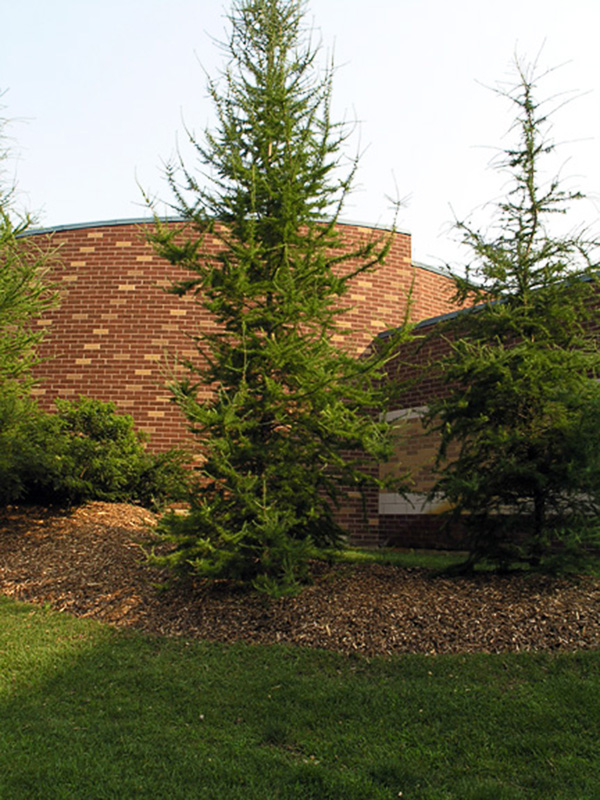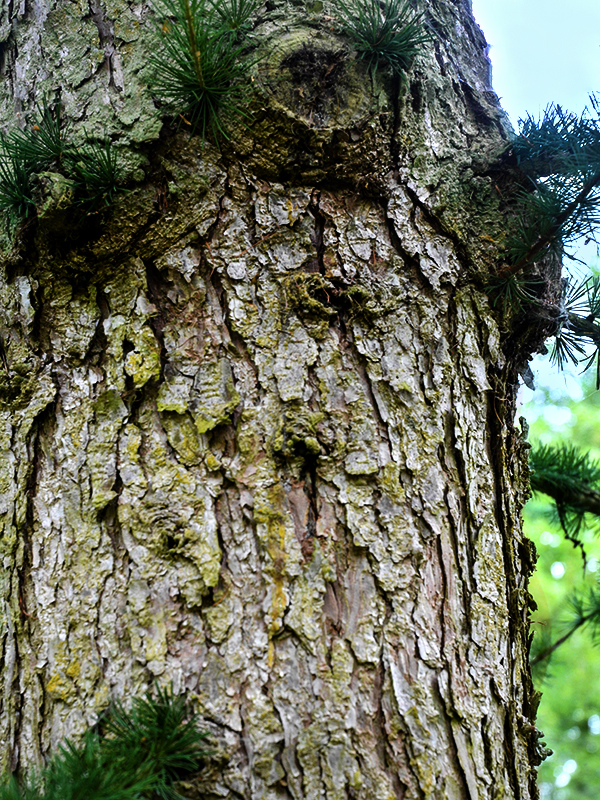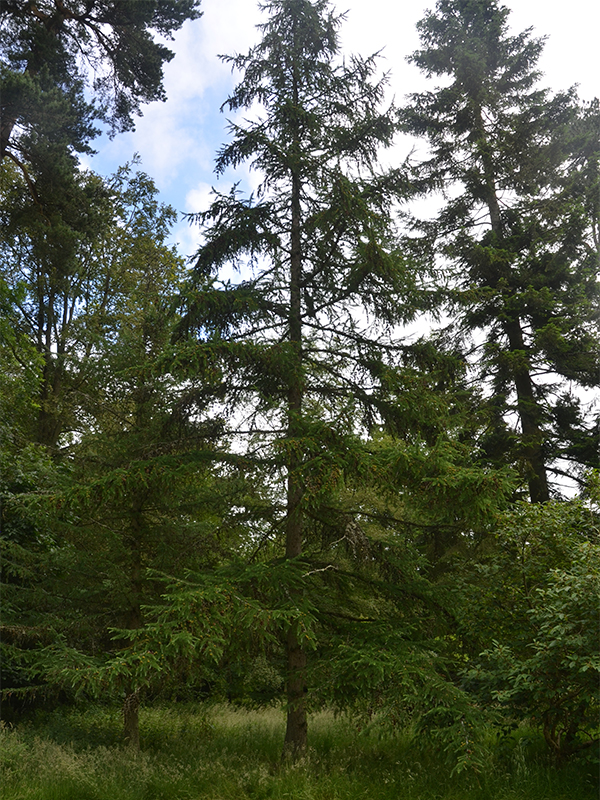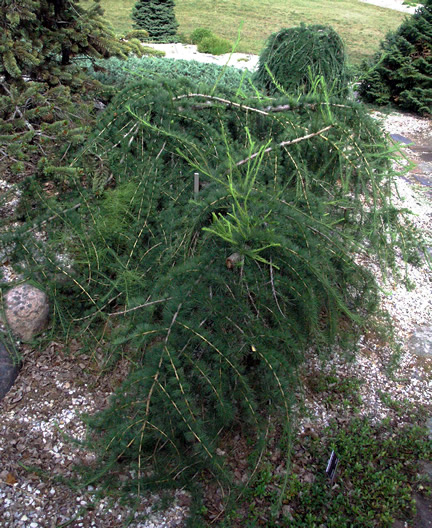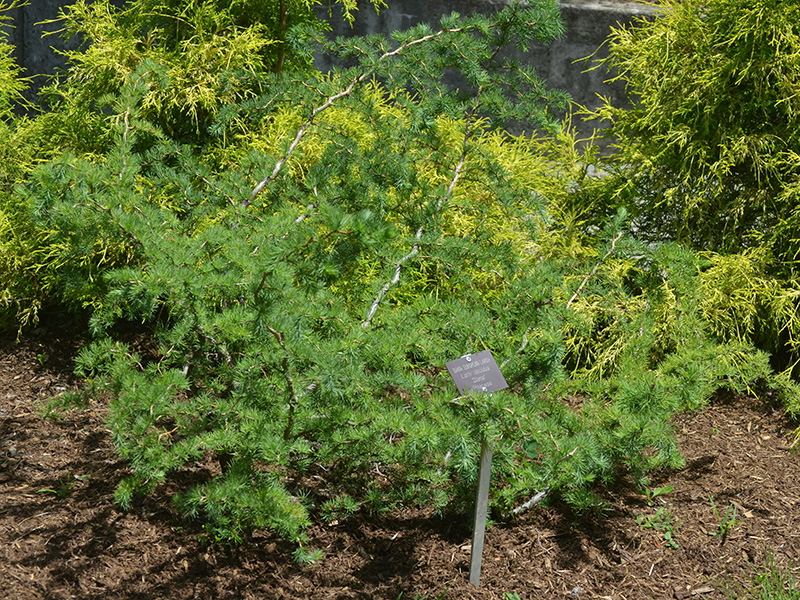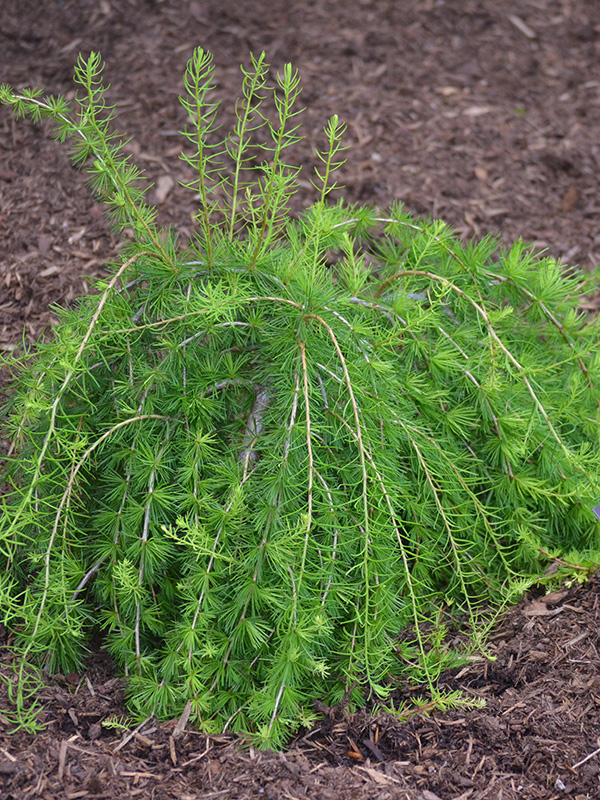
Woody > Larix > Larix decidua > Larix decidua
Larix decidua
Common Larch, European Larch, Venice Turpentine
Origin: Central and Southern Europe. Known to have been grown in England prior to 1620 although it is not a native plant.
Mike's
Opinion


"
A common deciduous conifer that is often used in the urban landscape. Fine green needles turn a dull yellow, enhancing the 20 m pyramidal form. Typically larches prefer wet feet, however, L.decidua is tolerant of quite dry conditions and the lean soils often associated with such. It is often used as a street tree since needle drop creates a minimal amount of litter.
Michael Pascoe, NDP., ODH., CLT., MSc. (Plant Conservation)
"
| Family |
| Pinaceae |
| Genus |
| Larix |
| Species |
| decidua |
| Category |
| Woody |
| Type |
| Tree (deciduous) |
| Pronunciation |
| USDA Hardiness Zone |
| 2 - 6 |
| Canadian Hardiness Zone |
| 0a - 5b |
| RHS Hardiness Zone |
| H7 |
| Temperature (°C) |
| -46 - (-21) |
| Temperature (°F) |
| -50 - (-5) |
| Height |
| 20 - 30 m |
| Spread |
| 5 - 10 m |
Photographs
Description and Growing Information
Flowering Period
| General Description |
| Medium-size to large deciduous coniferous tree. |
| Landscape |
| Ornamental tree for planting in gardens and parks. |
| Cultivation |
| Grows in any deep, well-drained soil in full sun. |
| Shape |
| Large conical tree. |
| Growth |
| Fast |
| ID Characteristic |
| Spurs on branches, cones are not reflexed and are persistent on tree. |
| Pests |
| Potential insect pests include larch case-bearer, aphids, larch sawfly, tussock moth and Japanese beetle. Potential diseases include needle cast, needle rust and canker. |
| Habitat |
| Horticultural origin. |
| Bark/Stem Description |
| Greyish-brown outer bark. Loose elongated plates reveal a reddish inner bark. Young stems are yellowish and furrowed. |
| Leaf Description |
| Soft, flat needles, 25-30 mm long. Bright green in spring, turn yellow before dropping, and darkening with maturity. Found in groups on spurs or in a spiral arrangement down long branches. |
| Flower Description |
| Flowers are monoecious; both male and female strobili cover tree in early spring. Female flowers are egg-shaped and about 0.5-2 cm long, in reds, pinks, yellows, or green. Male flowers are smaller and yellow. |
| Fruit Description |
| Cones are ovoid, 2.5-4 cm long, and persistent. Purple cones dry to brown; young cones somewhat showy. Scales pubescent on backside, overlapped, but not reflexed. |
| Colour Description |
| Bright green in spring, golden yellow in autumn. |
| Notable Specimens |
| Westonbirt, The National Arboretum, Tetbury, Gloucestershire, England. |
| Propagation |
| Seed in containers in early spring, graft in winter, or root semi-ripe cuttings in summer under mist. |
| Ethnobotanical Uses (Disclaimer) |
| In the northern Appalachian Mountains it is often used for the reforestation of surface mines. |
